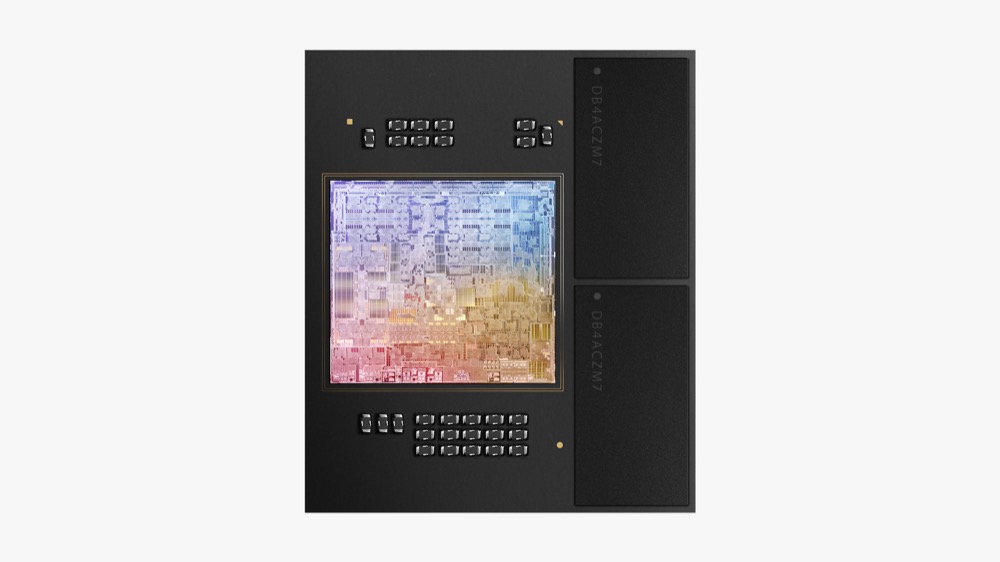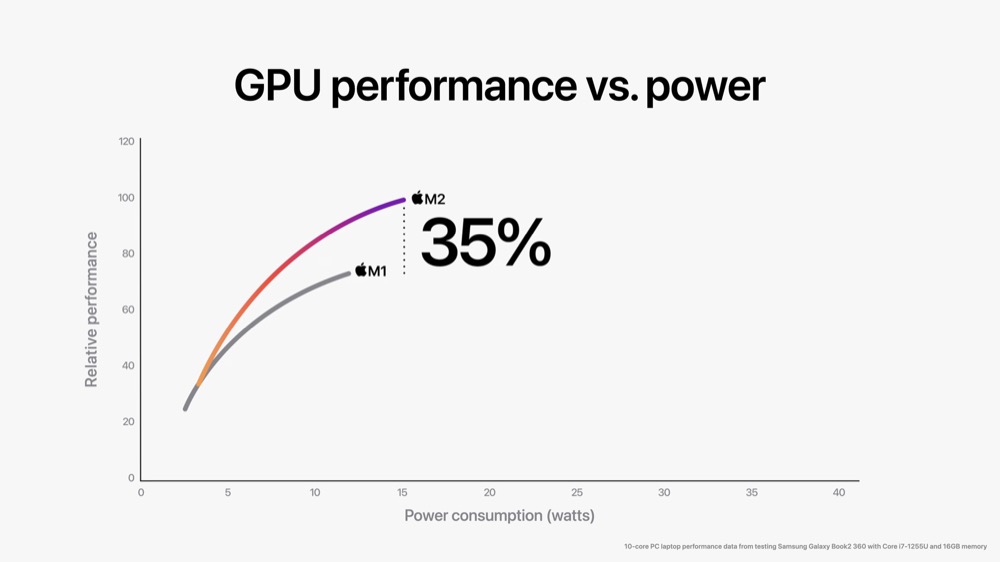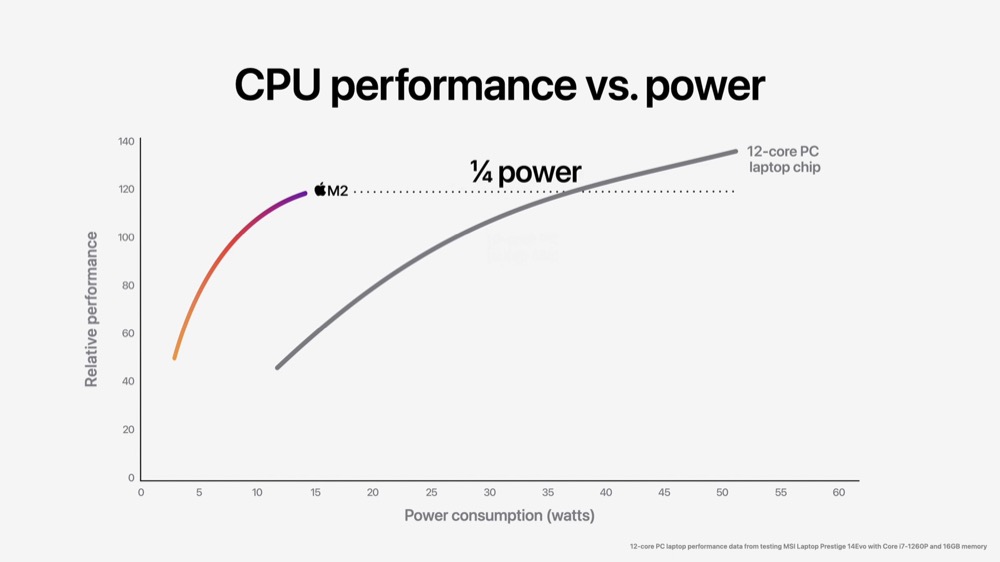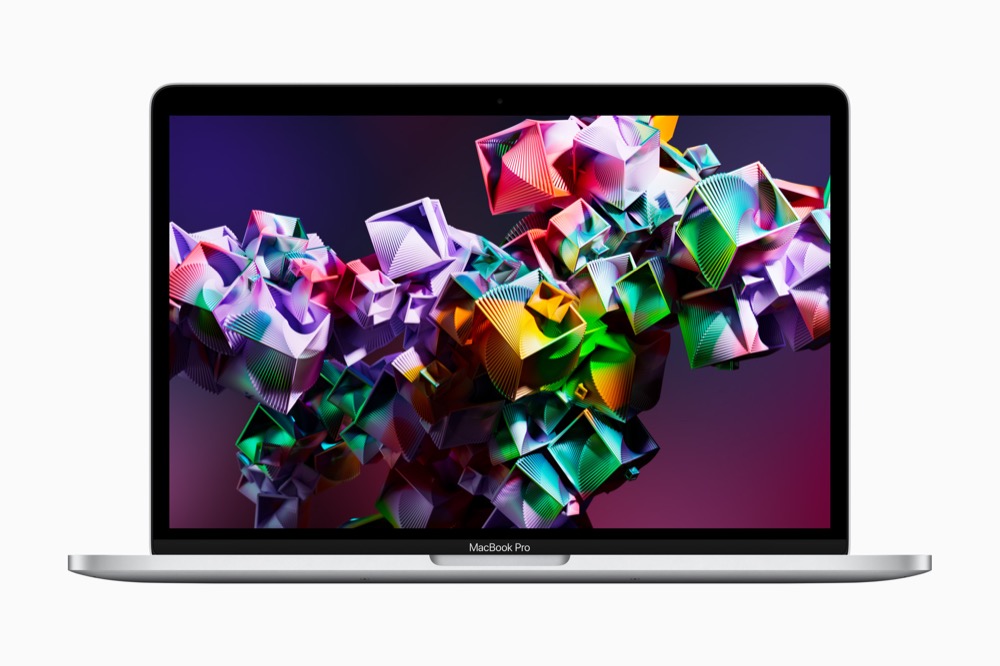Apple’s M2 Mac performance claims proven as benchmarks slip

Apple’s move to put its own M1, M2 chips inside all its products continues to pay dividends with at least one Gartner analyst predicting Mac market share will reach 10.7% in 2026 as Windows share declines. Now the first M2 benchmark are beginning to emerge, and they show no slowdown in the evolution of Apple silicon.
Apple’s M2 – another high performer
Apple announced the first M2 Macs at WWDC in early June. The first MacBook Pro to contain an M2 processor goes on sale June 17, so it’s inevitable benchmark data has begun to slip out. So, what does this early data claim?
At its simplest, it reveals that while processor performance increases by around 18% in the same power envelope, the data also shows graphics performance boost may be as high as 42.5%, higher than the 35% Apple claims.
It is important to note that Apple has a range of technologies to exploit that graphic performance to support other tasks, which means overall performance in real world use could be even better.
The average score available on Geekbench is around 1,900 for single core and 8,928 for multi-thread performance. We also see a Metal score of 30,627, which is way up from the M1’s impressive 21,500 points.

What comes next?
We can’t be completely certain that this data is correct. We need to wait for the Macs to ship and a wider number of Geekbench tests to take place.
We must also sit back a little while until the various performance testing suites are upgraded to handle the M2, which they are unlikely to have been yet.
All the same, it is I think extraordinarily interesting to note that the single core score puts the M2 at the top of the Geekbench Macsingle-core performance charts; while the multicore score places the Mac at an equivalent performance to the powerful iMac Pro which users still love.

All in a system with up to 17-hours battery life when using Wi-Fi and Safari. That’s a lot of power and performance for a nice and low energy bill.
[Also read: 6 reasons your business should deploy Apple Silicon Macs]
Apple is beating Intel
The M2 is just another chapter in a long story, of course.
We know Apple will continue to optimize the chip and likely hopes to generate similar gains to those it has realized on the M1 family of chips. And next year we think the company will realize even more advantage as it moves its processors to 3nm process, which should accomplish even more performance gains, at low power.
This is real performance that makes a real difference – Adobe last year rejoiced at the 80% performance boost it was able to generate when running Premiere Pro on M1 Macs – a boost it has seen across its whole Creative Suite on the Mac.

Apple’s first M2 MacBook Pro reached retail June 17, 2022
Apple will “easily outperform Intel’s future processors for consumer PCs,” The Information wrote in 2021. The road map Apple seems to be following suggests this to be very, very true.
Please follow me on Twitter, or join me in the AppleHolic’s bar & grill and Apple Discussions groups on MeWe.




